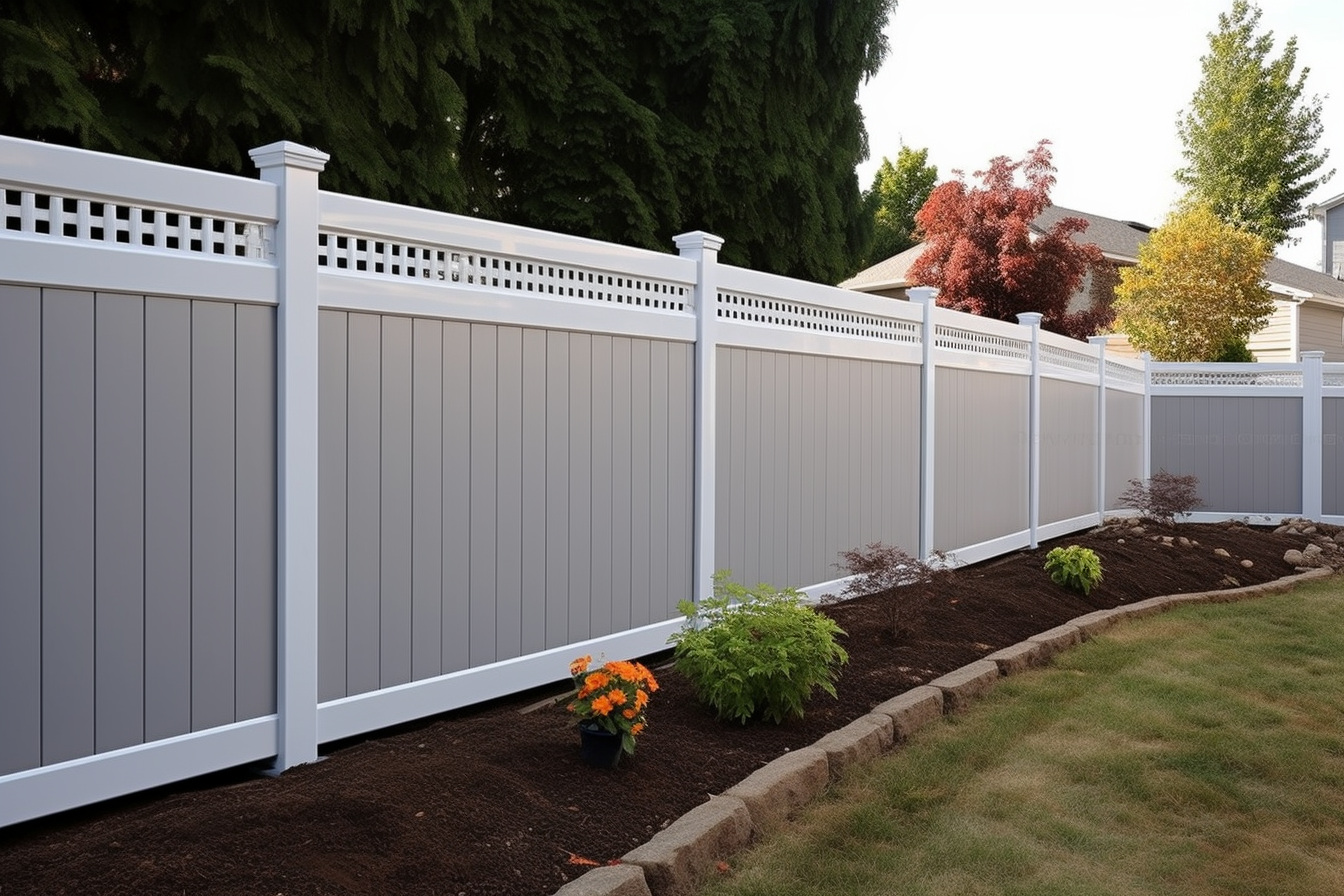Stylish & Secure Garden Fences: Privacy and Curb Appeal
A garden fence does more than mark property lines — it shapes the look and function of your outdoor space. Discover how to choose the right height, explore creative fencing ideas, learn simple maintenance tips, and compare typical material costs to create a secure, private, and attractive garden.

A well-chosen garden fence enhances privacy, defines outdoor rooms, protects pets and children, and adds personality to your landscape. Whether your priority is screening, safety, or visual appeal, planning ahead and selecting the right materials and plants will help you get the most from your investment. Below are practical guidelines and ideas to help you pick the right height, design something distinctive, maintain durability, and estimate costs.
Picking the right fence height
Fence height should align with your goals and local regulations. For simple boundary definition or to keep small pets contained, 3 to 4 feet is usually adequate. If you want effective seclusion from neighbors or street views, a taller structure—commonly 6 to 8 feet—provides much more privacy. Before you build, check municipal zoning laws, property covenants, and homeowners association rules; many areas set maximum heights and specify where fences can be placed. Also consider neighborhood character: a very tall fence might feel out of place in a street of low pickets, while a modest fence may be insufficient in a busy urban setting.
Fresh fence design ideas
Fences can be practical and visually compelling. Here are a few directions to consider:
- Living fences: Use hedges or dense shrubs to form a natural screen that softens boundaries and supports wildlife. Over time a living barrier can be low-maintenance and very attractive.
- Climbing plant trellises: Attach trellises to a fence and train clematis, jasmine, or climbing roses for a blooming wall. This adds color, scent, and seasonal interest.
- Repurposed elements: Old doors, windows, or unexpected objects like bicycle wheels can become focal points for eclectic, upcycled fence sections.
- Modern materials and layouts: Horizontal wood slats, steel posts, or mixed-material combinations (wood and metal) give a contemporary, streamlined look.
- Decorative panels: Metal or composite panels with cut-out patterns provide privacy while adding an artistic touch and filtering light.
Mixing approaches—such as combining timber slats with a planted border—can balance aesthetics, screening performance, and cost.
Caring for your fence
Routine maintenance extends a fence’s life and preserves its appearance. Key tasks differ by material:
- Wood: Clean annually to remove dirt and mildew, then reapply stain or paint every few years to protect against moisture and UV damage. Replace rotten boards promptly and ensure posts remain solid in the ground.
- Metal: Inspect for rust and touch up with rust-inhibiting paint where needed. Hinges and latches should be lubricated and checked for wear.
- Vinyl: Low-maintenance but not maintenance-free; wash occasionally with a mild detergent to remove algae and grime.
No matter the material, perform an annual inspection for loose posts, broken boards, or vandalism. Address small issues quickly to prevent larger repairs later. Proper drainage near posts and using pressure-treated or concrete footings can reduce rot and shifting.
Plants that pair well with fences
Choosing the right plants can transform a fence from a functional barrier into a garden feature:
- Climbers and vines: Clematis, jasmine, and climbing roses offer colorful blooms; ivy or Virginia creeper provide evergreen or near-evergreen coverage depending on variety and climate.
- Espaliered trees: Fruit trees trained flat against a fence (espalier) deliver a neat, architectural look and yield fruit without taking much space.
- Fast privacy screens: Bamboo and privet grow quickly to form dense screens, but consider varieties carefully—bamboo can spread aggressively unless contained.
Plan plant placement to avoid root damage to foundations and to allow airflow so fences dry properly after rain. Mulch and a small planting bed can help plants thrive while protecting the fence base.
Typical costs and budgeting
Fence pricing varies with material, height, site conditions, and labor. Below is a general guide to material and installed costs per linear foot:
| Fence Type | Material Cost per Linear Foot | Installed Cost per Linear Foot |
|---|---|---|
| Wood | $7 - $15 | $13 - $35 |
| Vinyl | $10 - $30 | $20 - $40 |
| Chain Link | $5 - $20 | $10 - $30 |
| Wrought Iron | $20 - $50 | $30 - $100 |
| Aluminum | $15 - $40 | $25 - $60 |
Prices, rates, or cost estimates mentioned in this article are based on the latest available information but may change over time. Independent research is advised before making financial decisions.
When planning your budget remember to include gates, hardware, any necessary permits, site preparation (removing old fencing, grading), and potential landscaping or planting. Also weigh long-term maintenance costs: a cheaper material upfront might require more frequent repairs or replacement.
Final thoughts
A garden fence is both a practical installation and an opportunity to enhance your outdoor living space. Start by clarifying the fence’s purpose—privacy, safety, decoration—then choose materials and plants that match your style, climate, and maintenance willingness. By complying with local rules, investing in good installation, and keeping up with routine care, your fence will secure your garden, boost curb appeal, and provide years of enjoyment.






